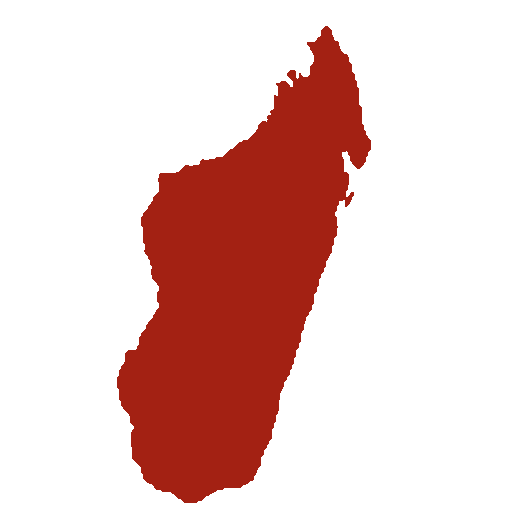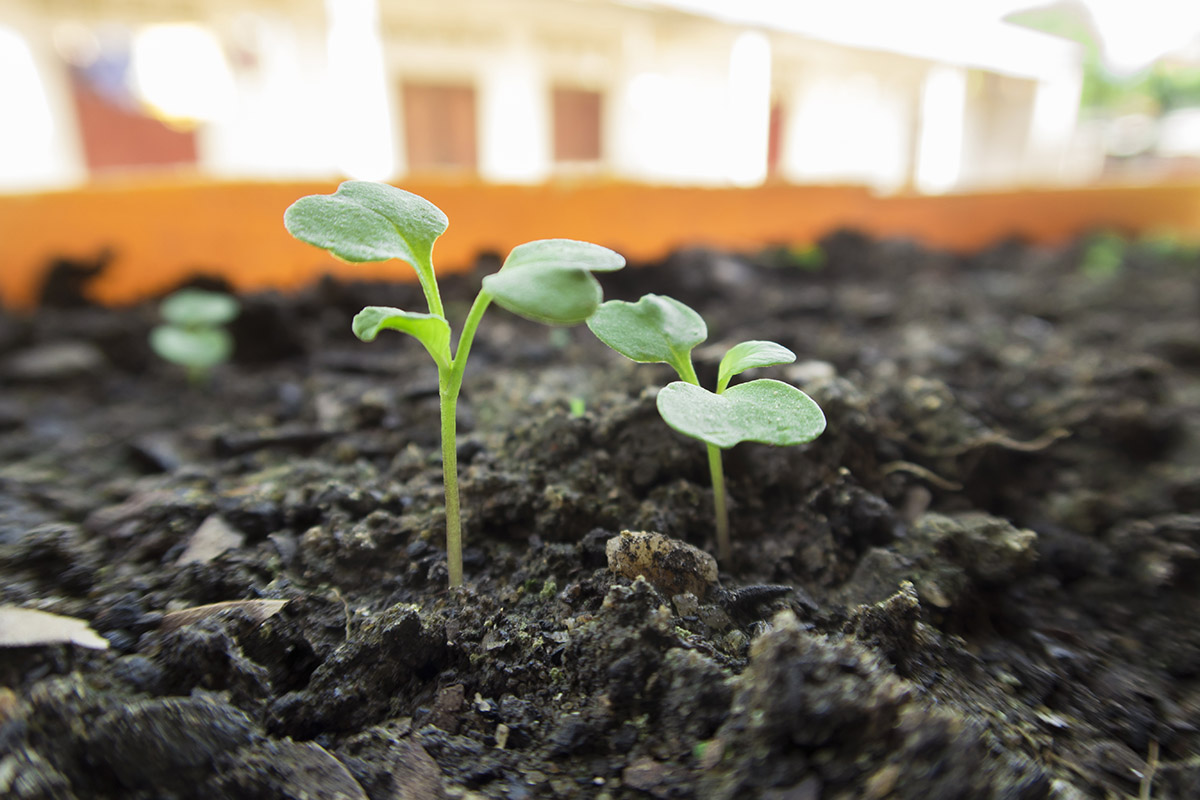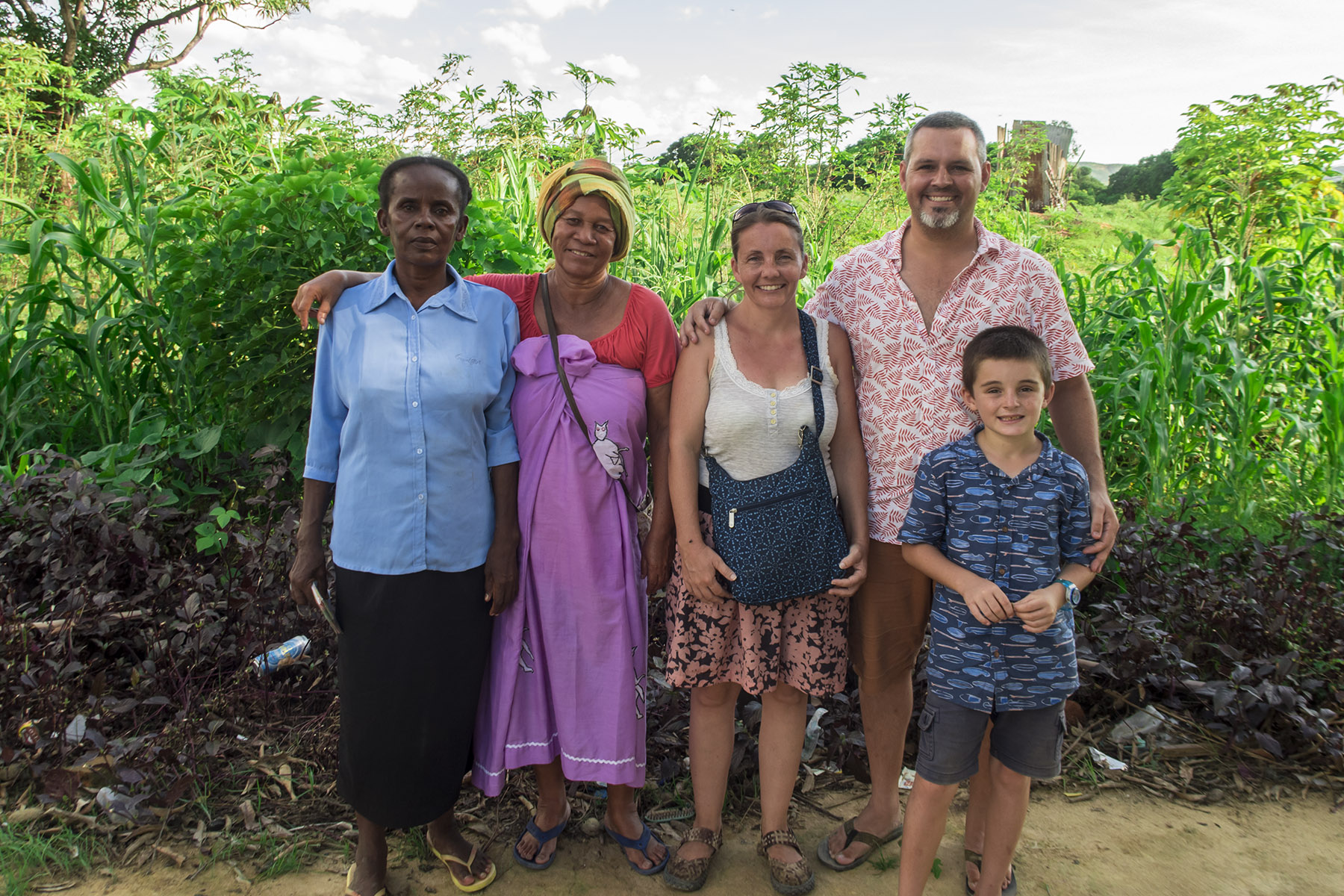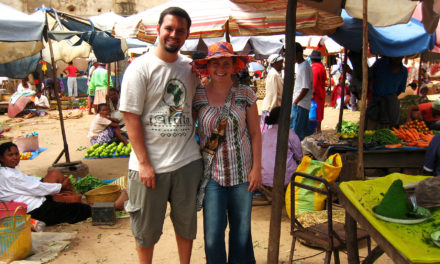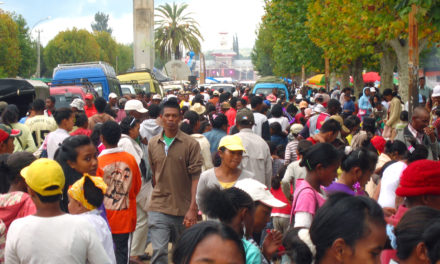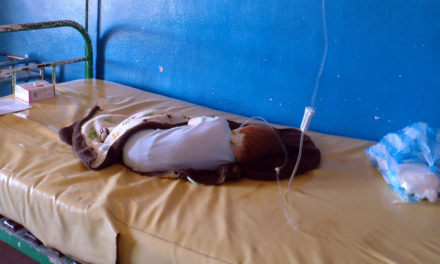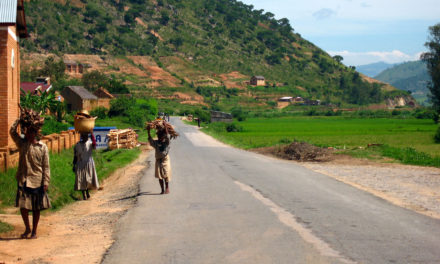When you bury a seed, it’s always a gamble. Is it the right kind of soil? Is it waterlogged or is it too dry? Did you bury it too deep or too shallow? Does it need sunlight or shade? Can the right temperature range be maintained? If you have plenty of experience and if both the seed and the environment are just right, maybe you’ll see some sprouts in just a few days and you’ll quickly receive the first rewards of your efforts.
But if it’s a new environment or new type of seed to you, or just a more challenging climate or variety of plant, it may take weeks, months, or sometimes even years before it germinates. All the while, the seed is buried under the soil and you have no idea what’s going on with it. You don’t know if it’ll ever sprout, if it’ll ever produce anything. It can leave you wondering: was the seed even good to begin with? Did you go about it all wrong? You may have to try many times and in many different ways before something finally grows. But after so much waiting, when you finally see that little bit of bright green peeking above the dark soil, it brings so much excitement with it.
For over seven years now, we’ve been working towards seeing the Antakarana people of northern Madagascar reached with the good news of Jesus. And in all this time we’ve really had nothing to show for it. For many many decades longer than we’ve been here, there have been Christian churches in all the more populous areas of northern Madagascar. And still very very few Antakarana have yet been reached with the Gospel. What’s the problem? Is it the sower? Is it the soil? Is it the seed? We couldn’t help but wonder why, and we’ve certainly had our doubts.
But finally, at the beginning of this year, we’ve begun to see some positive results! We now have several regular discipleship groups happening around town, and we’ve also been invited to come and share with some of the surrounding village clusters soon. It’s not yet a lot, but there are several young Antakarana men who are making active efforts to follow Jesus and a couple have told me that they’ve noticed a positive change in their own lives just in the last couple of weeks.
Another older Antakarana man made a commitment to follow Jesus the first day we shared with him. We’ve been continuing discipleship Bible studies with him and he wants us to come share soon with more people in the village where he’s from. He’s an example of us “reaping where others have sown”, because several of his family members have for many years now been sharing about Jesus with him.
We also now have several local co-workers (including one of the relatives of the older man) with whom we’ve worked together several times now on outreach efforts nearby. All of this is like that first exciting glimpse of that long-anticipated green that finally pushes its way to the surface!
As exciting as all of this is, especially after so many years with nothing to see, this still isn’t our final goal. Nor is it our goal to simply see a lot more of this. After all, when the seed germinates and finally sprouts to the surface, the work of gardening isn’t finished, it’s still just beginning. Now it’s time for the work of watering, giving the plants the right amount of sunlight, managing the soil and nutrients, and pruning as necessary. The goal of all of this is to eventually see fruit, and not just a few fruits, but abundant fruit… fruit from which more seed can go and be planted and multiply until it fills forests and fields. Until the point at which there is no Antakarana person anywhere who is still unexposed to the sweet fruitfulness of a life lived for Jesus.
Of course, to get to our goal, we still have to sow a lot of seed first. And we have to choose the right seed to sow. In our many years of outreach efforts here so far, we’ve learned a little bit about what it means to choose the right seed for the right soil, and why the long presence of the church in the more populous areas of northern Madagascar hasn’t yet led to the Antakarana being reached. It seems to me like the seed the church has brought to the north is well-suited for an entirely different sort of climate (the central highlands of Madagascar). It’s been brought here to the north and scattered haphazardly (sometimes even intentionally in certain places), but no real work has been put into either acclimating the seeds or the soils for each other. The result is that very little has grown, and nothing has multiplied.
It’s like how my boys and I eat dozens of litchi fruit every day during litchi season, and we casually throw the seeds onto the ground behind our house. The litchi are imported to our region from over fifty miles away, where they grow abundantly; but no litchi trees grow here in our region at all. We enjoy the fruits for months and we toss hundreds of seeds onto the ground. Most of them just dry out on top of the sandy soil, though a few sprout and send out little roots and the beginnings of their first leaves. But by the end of the rainy season, there’s nothing left – they’ve all dried up and died. It’s too hot and not moist enough for them to grow here. If someone here tried to cultivate a litchi in a controlled environment, they might be able to get it to last a few years and turn into something like a tree. But the climate and the soil here just aren’t suited to it and you’ll never be able to get self-reproducing fruitfulness from it here.
In the same way, the church that has come from the central highlands of Madagascar to here among the Antakarana in the north is not something that can grow well here in this soil and climate. The churches have brought with them a lengthy list of foreign religious rituals and requirements for how to conduct oneself as a Christian and during church services. Worst of all, it’s all performed in a language foreign to the people here, a language which most Antakarana people don’t understand. And for those here who have learned to understand that language, they usually treat it disdainfully.
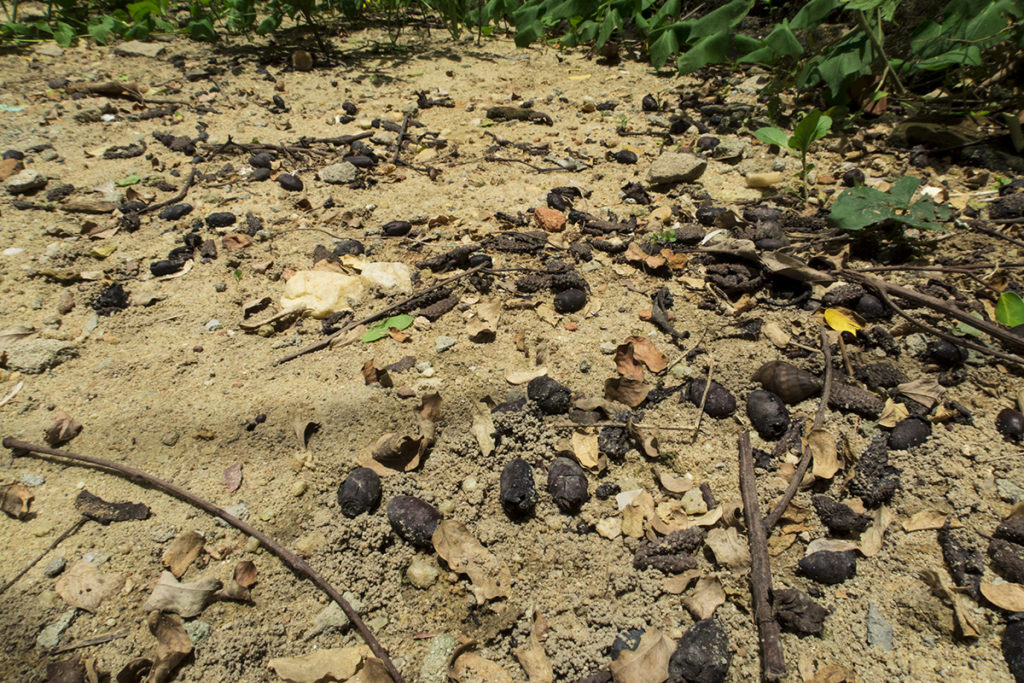
Unfortunately, the church nearly everywhere in Madagascar assumes that this is the only valid language for Christianity in their country. It’s somewhat like how there are still a number of churches in the US who believe that the King James Version of the Bible is the only valid Bible – even though the language is fairly inaccessible to most average people. Even the prayers of people in those churches will usually be done not in their own words, but in mimicry of the KJV Bible language. Or more similarly (and still worse), how the Catholic church for so many centuries conducted their services only in a language (Latin) that almost none of their constituents understood. But they’d been doing it for so long that they couldn’t very well conceive of being the church otherwise – many even thought that having church services in local languages would be profane or even a sin. Only in very recent history did the Catholic Church allow their church services to be done in languages most people understand.
In the same way here in Madagascar, Christians from the highlands will bring the church to people in other parts of the country, preaching at them, praying for them, and conducting church services all in a language inaccessible to the majority of Antakarana people and also foreign to most other coastal people groups as well. And it’s a language and culture the Antakarana treat with animosity. Just like with the litchi seeds – if you throw enough out, a few will sprout and struggle for a time. But none of those seeds can grow fruitful and easily multiply here.
This reality of bringing “the wrong seed for the local soil” has strongly affected the perception of Christianity among all Antakarana people that we know of who’ve been exposed to it. It’s the idea that Christianity is “for them” (highland tribes) and not “for us” (Antakarana). These sort of seeds rarely even settle into the soil here, let alone sprout.
As we’ve been able to engage in outreach opportunities with a few local Christians, the issue of language constantly comes up. Our Christian friends here have such a hard time sharing anything about Jesus, even praying, in any language other than the church language they’ve been enculturated into – even though these same people grew up here and speak the Antakarana language fluently. One friend was passing out tracts (in official Malagasy language) at a hospital. The doctor received it and after glancing at it, he mockingly said, “I don’t know this language,” and cast it aside. But he gladly accepted it when instead one of our friends offered him a New Testament in French (even though that language is also very infrequently understood here).
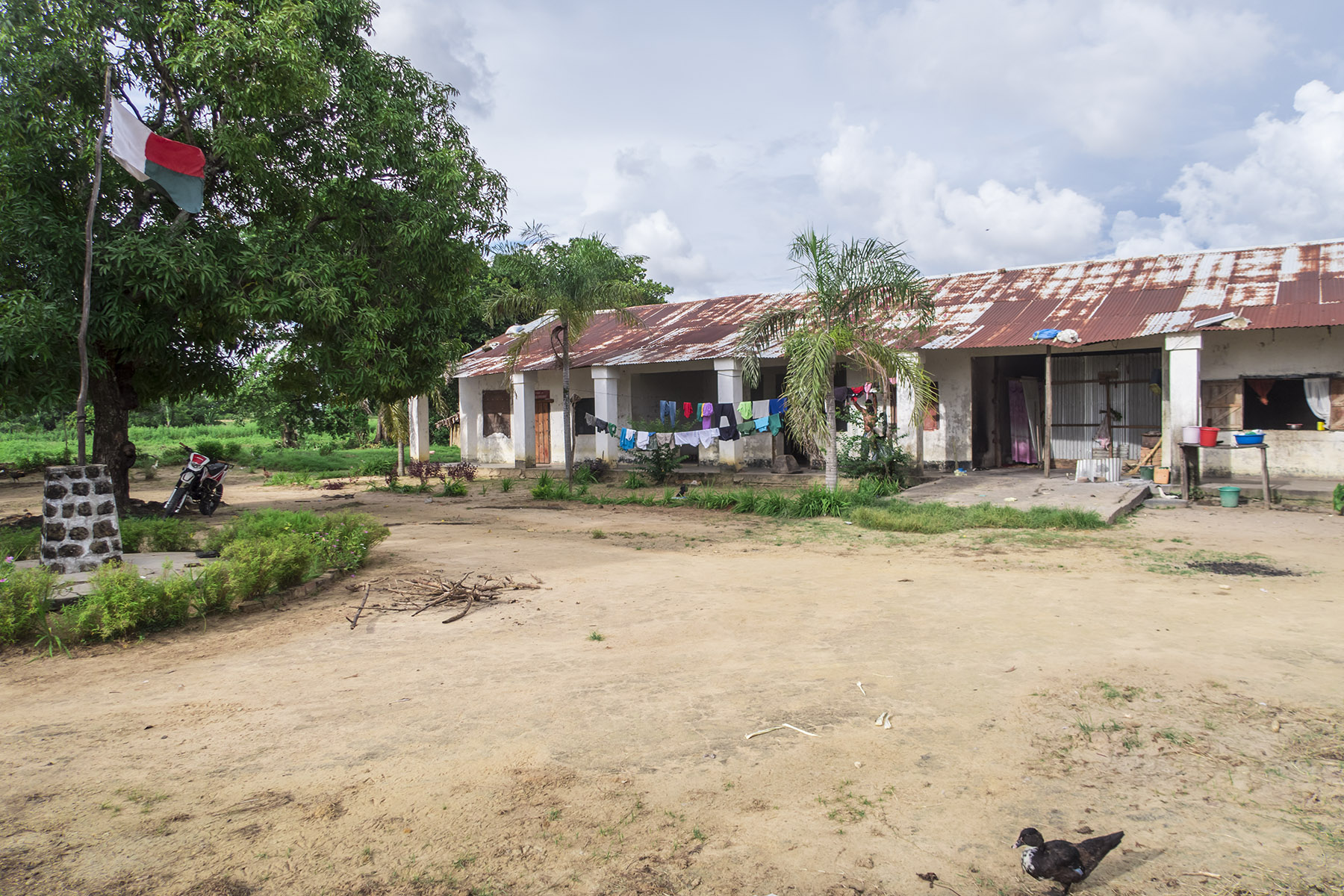
When we first shared with the older Antakarana man who is now following Jesus, I translated a Bible story directly into his language (though somewhat brokenly, since I was making up the translation as I spoke). He was encouraged but he then asked if following Jesus meant he had to go to one of those churches in that language and do all the strange rituals they do. Only after all of us assured him that that wasn’t necessary, that he could follow Jesus together with other believers meeting in his own home and speaking in their own language – that’s when he decided he would really give it a try.
It’s for this reason that when we talk about Jesus to people here, and as we begin to disciple them, we only use the local language. We also make intentional efforts to not use any of the religious terminology that’s so commonly used in the official Malagasy language of the church… even when the Antakarana language doesn’t offer easy words to substitute for them. We’ve been discipling people with Bible studies in their own homes (environments they’re familiar with), and only using Bible stories that we’ve already translated into the local language, even though it would be much easier to use others’ resources (the entire Bible is available only in the official Malagasy language, and in no other language of Madagascar). We’ve recently been revising our Antakarana language Bible story set so that it’s easier to read by those who are literate here in urban areas. It’s required a process of multiple revisions, since there have been very few instances of this language ever being written down before, and even literate people here aren’t used to reading in their own language.
We do all of this difficult work not so that we can have a few sprouts grow up among the Antakarana, but we do this so that whatever seeds we sow and whatever fruit we cultivate now would grow to maturity and in turn be able to spread more seeds that can easily sprout, grow, and multiply in this area. We ourselves have to model the sort of practices and efforts that we hope our disciples will repeat later. The initial stages of acclimating these seeds to this new soil is challenging and slow. We have to repeatedly help our local Christian friends here see the benefit in reaching people in their own language and with simple methods that are easy to reproduce in the local culture and which avoid the unnecessary challenges that the Gospel has had here in the past. But we trust that as the harvest comes in, it will be abundant and begin to spread rapidly, well-suited as it will be for the people in this part of the country.

We’re so thrilled that after so many years of work here, we’re finally seeing some seeds that have germinated and sprouted up! But honestly, we’re at the point now where it seems like the work is finally just beginning. These little seedlings still have a long ways to go. We don’t actually know what a culturally appropriate Antakarana church will look like, one that can easily spread and multiply in this area. We know a lot of what it won’t look like because of what hasn’t produced fruit in the past. But now with our little seedlings, we (and our new disciples) need both the grace of God to continue to grow and be strengthened in the environment here, and the wisdom of the Holy Spirit to do what we can to nurture them into the sort of plants that can reproduce with abundant fruitfulness.
It’s also possible (as Jesus shared in his parable of the sower) that these seedlings we have now may not yet be the ones to grow into maturity and thus become the foundation of the Antakarana church. We have to keep sowing the good seed into good soil as well as we’ve been gifted to know how to do so. And for those seedlings we have (such as these new disciples) we need to do everything we can to help cultivate them towards maturity and fruitfulness.
Every one of us is called to some work in God’s Kingdom, to be part of the work of seeing it grow and reproduce, to multiply and spread its sweet fruitfulness into every corner of the earth. For some of us that means sowing seeds directly, even choosing the right ones and acclimating them for the local soil; for others it’s the process of cultivation, managing soil, or pruning; for many it’s watering the plants regularly; and we all celebrate together when it’s harvest time.
Let each of us be well aware of the tasks God has given us and how we can participate faithfully in his works where we are. Let us all keep in mind that the work we’re doing doesn’t stand alone, but that God has also entrusted many others to participate in the same work as us, some going before us, some coming after us. But let us each fulfill our tasks faithfully with the goal in mind: doing our part in such a way that it helps bring the plants to maturity, to abundant fruitfulness that can reproduce and multiply much further than our own small portion of the work ever could achieve. And let us always rely on God, who is the only one who can make us grow. As Paul wrote to the Corinthian church:
